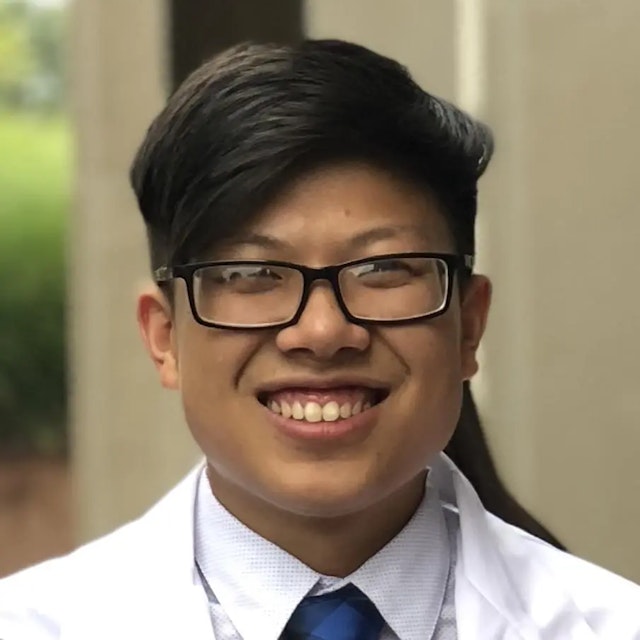The thought of completing a health science professional program such as a pharmacy education at an accelerated pace sounds highly appealing, especially to those who are firmly on the path to a career in pharmacy practice. Also, pursuing a pharmacy education at an accelerated pace often means you can shave down the ever-growing cost of tuition.
Doctor of Pharmacy programs are unique in that there are a plethora of pharmacy schools that offer these accelerated pathways to their students.
Let’s explore specific schools. One example is pharmacy schools such as Ohio Northern University, which offer students a six-year pharmacy program right out of high school (two years of prerequisite courses and four years of pharmacy program). The 6-year PharmD Program can significantly increase your career earning potential. You can enter the workforce at least two years before a traditional PharmD graduate.
Direct Entry 0-6 PharmD Programs
These 6-year PharmD programs tend to be more expensive, so it is essential to weigh the costs of education for these programs against the rewards of entering the workforce sooner. The schools that offer a 6-year PharmD Program (some are 7-year programs) are listed below. You can even apply for and enter these programs straight out of high school. These programs are the quickest route to pharmacy practice.
PharmCAS Participating Institutions:
Non-PharmCAS Participating Institutions:
Two and Three Year Accelerated PharmD Programs
Then there are schools such as Appalachian College of Pharmacy that offer a 2-3 year accelerated PharmD to undergraduate students that have met the minimum 2-year pre-requisites before applying for their 3-year PharmD program. 24 programs currently offer this 2-3 program (23 of which are presently a PharmCAS institution). You could say that these accelerated programs aim to get students out of school as quickly as possible into the workforce.
In this section, I will discuss some key differences and similarities between the two more popular accelerated programs that potential pharmacy students should investigate if they are interested in pursuing this career.
Obtaining the coveted title of Doctor of Pharmacy is no easy task, no matter how long it takes. Whether you decide on going down the traditional path or pursuing the accelerated program, there will be obstacles you’ll ultimately need to overcome before starting a career in pharmacy practice.
As mentioned earlier, students can pursue different accelerated paths if a traditional pharmacy program is outside their minds. Starting with a 0–6 year program, as the name implies, grants a PharmD to students after six years of study. Before any confusion arises, this differs from another accelerated pathway known as the 2-4 Pharmacy pathway. The latter is structured to have a minimum of 2 years of pre-pharmacy study followed by an application process to enroll in a traditional 4-year PharmD program.
